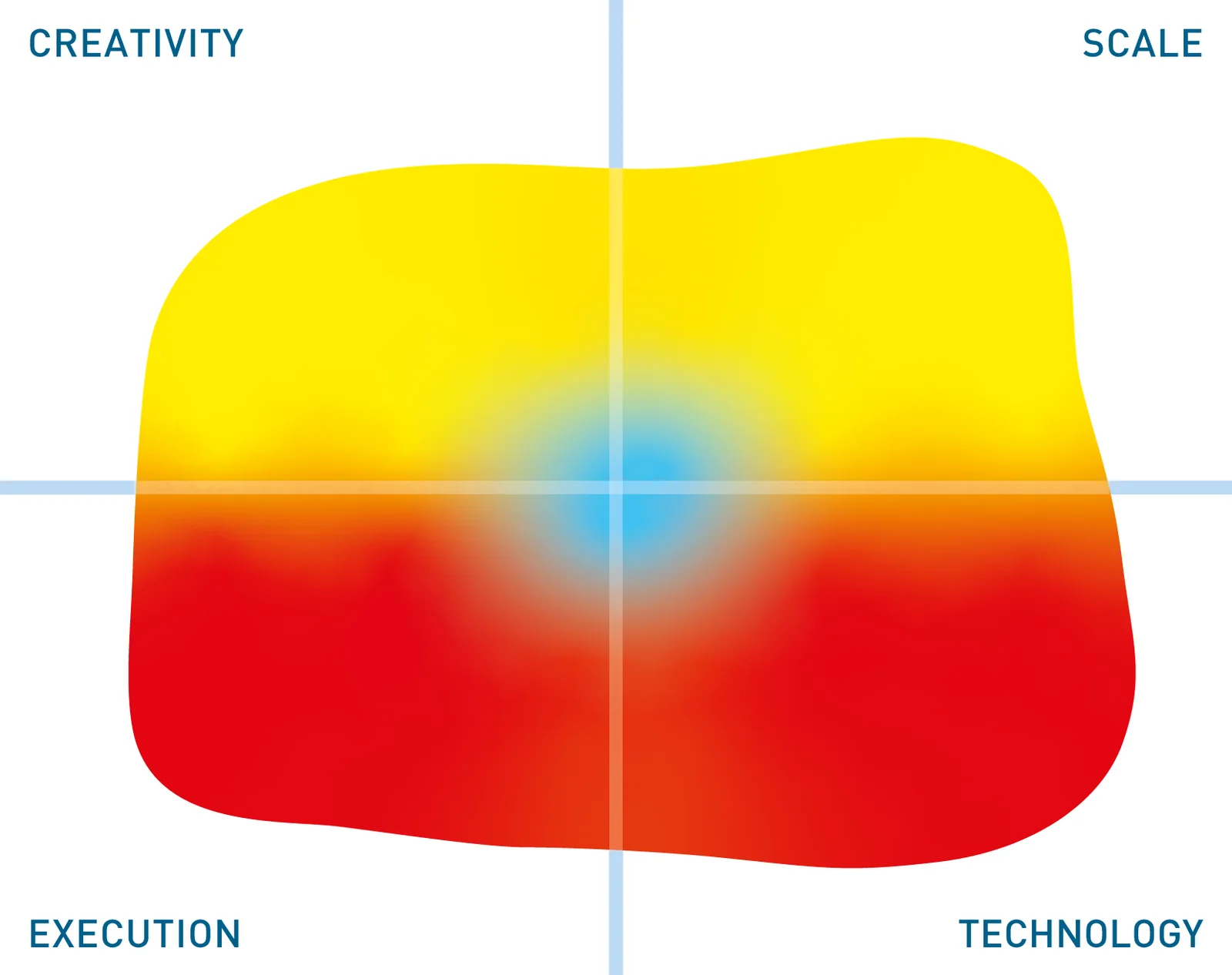Vertica Data Warehouse and Analytics Platform
Update solution on June 6, 2022

Vertica is a unified analytics platform built on top of a SQL data warehouse. It offers flexible deployment options, a choice between two distinct operational architectures, extensive support for the cloud, and built-in machine learning capabilities. It is designed to handle to complex use cases, large quantities of data, and high-performance requirements, and it competes across all industry verticals (although telco, finance, and tech are given particular emphasis).
Moreover, Vertica can be deployed as a self- or fully managed solution to on-prem, cloud, and hybrid environments, and it offers a choice of consumption models and service metrics (either usage based or committed spend for the former, and either per TB or per node for the latter). Vertica Accelerator, in particular, is a fully managed and fully-featured Vertica deployment that runs from within your own AWS account.
Customer Quotes
“It only takes one to two minutes to generate reports in Vertica, instead of three hours previously. It’s huge to be able to move that time up, to have that information about what happened yesterday and to better track sales.”
GUESS

Fig 01 – Vertica ecosystem
Vertica comes in two distinct operational architectures, or modes: Enterprise Mode and Eon Mode. The former provides a conventional tightly coupled environment for deployment on-premises, in the cloud, or in hybrid environments. Eon Mode, on the other hand, is available on-premises or in an AWS/GCP/Azure cloud in which compute is separated from storage thanks to an intermediate caching layer. This is essentially a mechanism for overcoming network latencies, and in on-premises deployments where this is an issue you may wish to turn this off to improve performance. Notably, Eon Mode generally relies on third-party cloud object storage (such as Amazon S3 or Google Cloud Storage) in conjunction with its own read-optimised storage model (as opposed to its write-optimised storage). For on-premises implementations of Eon Mode, Vertica has partnered with Dell/EMC, NetApp, Pure Storage, MinIO, H3C, and Scality to use their object storage offerings, making it one of the few – if not, the only – advanced analytics and data warehouse platforms to separate compute from storage for on-premises data centres.
Regardless of the mode, Vertica is a massively parallel columnar database with advanced compression capabilities at its core. It supports workload isolation, uses projections to speed up the performance of frequently run queries, and leverages elastic autoscaling to handle dynamic workloads. It provides in-database machine learning and analytics (potentially via interactive workflows), along with support for R and Python. Support for Python, in particular, is enhanced via the VerticaPy library. It can also work with PMML and Jupyter notebooks. Bidirectional connectors for Spark and Kafka are available, and the company has partnered with Confluent in aid of the latter. In addition, a variety (read: more than 650) of built-in analytics functions are provided out of the box.

Fig 02 – Snapshot of Vertica capabilities
Further capabilities are listed in Figure 2, though even this does not paint a complete picture. It doesn’t mention, for example, that Vertica supports geospatial data types, or that you can create, train and deploy K-means clustering. It is also worth noting that although Figure 2 shows that you can sample data sets using Vertica, this is merely an option. Indeed, the company regards it as a differentiator that you will rarely need to sample the data when using Vertica.
Two additional resources worth discussing are the Vertica Academy and Vertica Advisor. The former is a free e-learning platform (with certifications) while the latter is a tool that, amongst other things, uses machine learning to monitor and advise on query performance (although it is currently only available as part of support engagements).
There are several reasons why you might want to employ Vertica as a data warehouse and analytics solution. Performance and scalability, for starters, although these will vary by use case. Cloud (and cloud migration) support is another, as is the flexibility and degree of choice offered during deployment. We are also told that Vertica boasts a relatively small footprint for large-scale deployments, resulting in a platform that’s easy to manage, even at scale. The product’s extensive in-database analytics and the depth of support it offers for machine learning form another major strength: in effect, it allows you to construct a complete data science workflow within your data warehouse.
Vertica’s success as an embedded database within OEM environments is also notable. The fact that Vertica has had significant success in this area is a testament not only to its capabilities, but also to the robustness of the product and its ease of use.
The Bottom Line
Vertica offers a data warehouse and analytics platform that can be deployed in numerous different ways. Although its extremely flexible deployment methodology is perhaps its most obvious differentiator – with Vertica Accelerator, in particular, standing out – you would be remiss not to take additional note of its extensive analytics capabilities, multi-cloud support, and high performance.
Related Company
Connect with Us
Ready to Get Started
Learn how Bloor Research can support your organization’s journey toward a smarter, more secure future."
Connect with us Join Our Community
